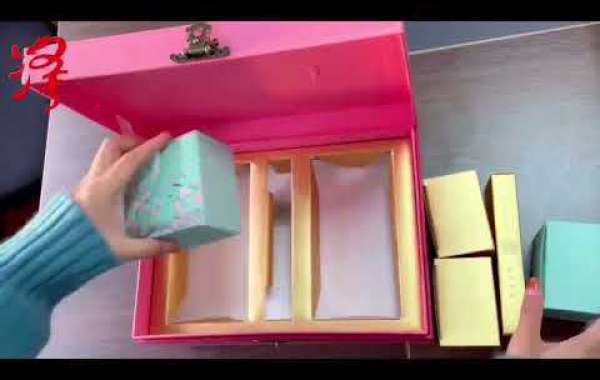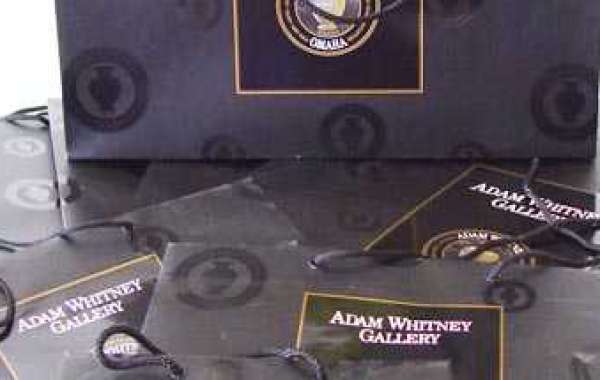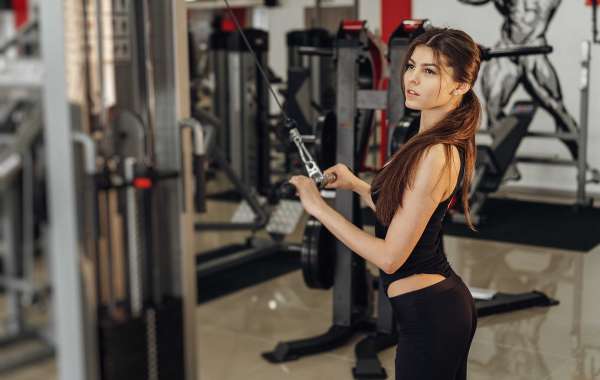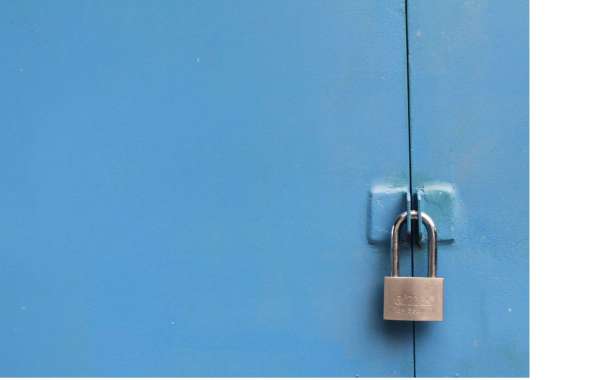The packaging design of your product(s) makes it possible for your customers to form a favorable first impression of your products in their minds. This can only be accomplished through careful consideration of aesthetics.
Make several drops of your packaging from varying heights and orientations to see how your products and packaging perform under a variety of different conditions. Drop tests have been developed by the ISTA (International Safe Transit Association) and are widely accepted as the global standard for drop tests in the transportation industry today. When it comes to drop tests, the ISTA 1A drop test procedure is the internationally recognized international standard that is used. Because the height from which a shipping carton should be dropped is determined by the weight of the shipping carton that it is intended to transport, drop testing your shipping carton is critical to its safety. You should drop test your shipping carton from a height that is determined by the weight of the shipping carton it is intended to transport. If you are going to drop test your shipping carton, the height from which it should be dropped is determined by how much weight your shipping carton is intended to transport. If you are not going to drop test your shipping carton, you can figure out the height from which it should be dropped by measuring it. Assuming that you are not going to drop test your shipping carton, the height from which it should fall is going to be determined by the height from which it should fall in the first place.
It is strongly advised that you adhere to the following standards in order to avoid any confusion in the future. Your shipment's compliance with these standards will vary depending on the organization or carrier that will be handling it:
Drop ten separate drops from different sides of the shipping carton at an appropriate height on each side before shipping to ensure that your shipping carton is properly inflated before shipping. In order to give you an example, here is what FedEx has to say about it:
Please follow the steps outlined below to ensure that your shipping carton is delivered correctly: 1.
Drop testing is performed. If any of the following conditions are met, your carton will be deemed a complete failure:
When a shipping carton has suffered significant physical damage (for example, if it has been smashed or torn completely open, or even if it has been completely ripped open), it is critical that you notify us immediately.
It is normal and expected for some dents to appear on the corners and edges of a shipping carton after it has been dropped. If you notice dents on the corners or edges of your shipping carton, you should not be concerned; these are completely normal and expected after a shipping carton has been dropped. When it comes to drop testing, the primary function of the shipping carton is to protect the contents of the package that is being dropped into the container. Therefore, any deformation of the shipping carton itself is acceptable, provided that the contents contained within it are completely protected and secure and that the shipping carton itself does not sustain any damage during the testing procedures.
FedEx and UPS adhere to ISTA packaging guidelines in the case of packages weighing less than 30 pounds, which stipulate that the package must have an ECT of at least 32 in order to be successfully delivered.
Following the insertion of a small piece of your corrugated packaging flat between two machines, pressure is applied to the packaging by a small rubber ball under the empty palette to determine how much force it can withstand before bursting. After the candy box has been tested, it is sent to a third machine for further testing. After the buy cosmetic box has been thoroughly tested, it is transferred to a third machine for additional evaluation. A third machine is used to evaluate the packaging after it has been thoroughly tested on the first two machines. Following determination of the type of packaging for which the product will be used, the item is removed from the machine and placed in a separate container. In burst tests, the results are reported in terms of a box rating, which is measured in pounds per square inch and expressed as a percentage of the overall box rating. A box's rating of 200#, for example, indicates that it can withstand a force of 200 pounds per square inch being applied to it before bursting into flames and exploding.
If you are concerned about the stacking strength of your cartons, it may be preferable to use ECT rather than CTS. This is especially true if the packages are to be shipped on pallets, as previously stated.
It is preferable to use the Mullen Test rather than the Bending Test if you are concerned about how your shipping carton will fare when subjected to the arduous conditions of shipping transportation as described above.
In the fourth step, packaging vibration tests must be carried out on the eyeshadow palette.
In order to determine how well your packages will perform during transportation and storage, they will be subjected to vibration tests. A variety of different types of vibrations can be applied to packages (for example, on trucks or planes), and these vibrations are replicated in this simulation, with the result being cartons that are ripped apart at the joints.
The table will become more still as soon as it has reached the natural frequency of the package, which will occur shortly after. As a result, they are both in sync due to the synchronization of the natural frequency with the vibrational frequency. As a result of the resonance effect occurring, there is a greater likelihood of damage occurring as a result of the event. The package must have a vibratory frequency that is different from that of the package's natural frequency in order for it to vibrate.
In order to determine the moisture content of packaging material number 5, a moisture level test was performed.
During the manufacturing process, it is possible for water contamination to occur at various stages, including the printing and gluing stages. Depending on whether your packaging boxes are produced in a high-humidity environment, it is possible that additional drying time will be required to ensure that the packaging or corrugated boxes are completely dry before they are put into service.
A moisture meter will be required in order to test your packaging and determine the amount of moisture that is contained within it as a result of the testing. When it comes to determining the moisture content of a sample, this method is extremely accurate. If your boxes require additional drying time, you should test them with a moisture meter to determine whether they need to be dried for an extended period of time or not. A moisture meter is a piece of equipment that measures the amount of moisture present in the material under investigation. In general, moisture levels should not be higher than 25% (the lower the moisture level, the better the condition). It is recommended that moisture levels be greater than 50%, depending on the situation.









